The ancient city of Syganak in southern Kazakhstan was once a prosperous capital in Central Asia. (Source: The Astana Times) |
With its rich history, cultural value and strategic location, Syganak is being proposed to become part of the World Heritage Site within the framework of the transnational nomination "Silk Road: Fergana–Syrdarya Corridor" initiated by UNESCO.
Crossroads of civilizations
According to an article on the Astana Times news channel , Syganak was once a prosperous capital and strategic stronghold in the Central Asian region. Located in today's Kyzylorda province, near the Syr Darya river, the city is about 15 kilometers from the village of Sunak Ata (Zhanakorgan district). With an area of nearly 20 hectares, Syganak was once a political , economic and cultural center, acting as a "crossroads" on the map of ancient trade routes connecting East and West.
The city first appeared in historical records in the 10th-11th centuries, known as an Oguz settlement. By the 12th century, Syganak had become the capital of the Kipchak state – a nomadic power with far-reaching influence in the region. However, the turning point came in 1220, when the city faced a Mongol invasion led by Jochi, son of Genghis Khan. According to Iranian historian Ala ad-Din Ata-Malik Juvayni, Syganak was besieged for seven days, then razed to the ground, its inhabitants executed – marking a tragic period but also reflecting the important position of this place in the eyes of imperial powers.
Undaunted by war, Syganak gradually revived in the 13th century, becoming the capital of Ak Orda (White Horde). From the ashes, the city quickly regained its role as an administrative and economic center. In particular, the discovery of a mint operating from 1328 shows that Syganak restored strong financial activities and developed again.
During the 14th–15th centuries, Syganak continued to be a flashpoint in the power struggles between forces such as Timur, the Uzbeks, and the emerging Kazakh groups. In 1423, Ulugh Beg – Timur’s grandson – took control of the city before being defeated by Barak Khan. The city then came under the control of Abu’l-Khayr Khan – the founder of the Uzbek Khanate.
By the 16th century, Syganak was incorporated into Kazakh territory and continued to serve as an urban center until the 18th century. Records from this period show that Syganak was a prosperous land, notable for its trade in grain, textiles, and weapons. Its geographical location near major rivers and a well-developed canal network also made it an important transit point for transcontinental trade routes.
Syganak is one of the famous tourist destinations in Kazakhstan. (Source: The Astana Times) |
Archaeological and heritage value
Large-scale excavations at Syganak began in the early 2000s as part of the Cultural Heritage of Kazakhstan program – a legacy of early Soviet-era research. Archaeologists have uncovered significant remains, including mosques, madrasas, fortifications, watchtowers, and artifacts such as pottery, oil lamps, metal tools, and decorative stones.
Notable among them is the system of fortified walls that were once up to 7 meters high, spanning about 7.2 hectares with defensive architectural clusters demonstrating construction techniques that transcended time. Some artifacts have been identified as dating from the 5th to 8th centuries – showing traces of habitation much earlier than previous historical documents.
These artifacts are currently preserved and displayed at the Kyzylorda Provincial Museum of Local History and are a valuable source of materials for initiatives to preserve and promote national culture.
Syganak is one of the key sites in the transnational nomination “Silk Roads: Fergana–Syrdarya Corridor” – an extension of the Silk Road World Heritage Network. Added to the UNESCO nomination list in 2021, the corridor stretches through Kazakhstan, Tajikistan, Kyrgyzstan and Uzbekistan, representing the historical, religious and commercial flows that have shaped Eurasian civilization for more than a millennium.
Kazakhstan currently has six UNESCO-recognized heritage sites, including the Tomb of Khoja Ahmed Yasawi, the Tamgaly Rock Carvings, the Saryarka steppe and lakes in the north, the Western Tianshan Mountains, the cold Turan desert and the section of the Chang'an-Tianshan corridor of the Silk Road. Syganak's nomination for inscription further affirms Kazakhstan's efforts to preserve cultural heritage and share common values of humanity.
Under the dust of time, Syganak still exists as a testament to the vitality of a civilization that once flourished on the Central Asian steppe. Syganak is also a symbol of resurrection, integration and cross-border connectivity – true to the spirit of the ancient Silk Road.
In the context of historical and cultural values being increasingly valued as soft assets of each country, the restoration, preservation and promotion of Syganak is not only meaningful for Kazakhstan but also for the international community. The heritage, if recognized by UNESCO, will become a great source of inspiration for future generations about the longevity of civilization – even if destroyed, it can still be revived from the ground.
Source: https://baoquocte.vn/syganak-thanh-pho-co-cua-kazakhstan-hoi-sinh-trong-long-trung-a-313606.html


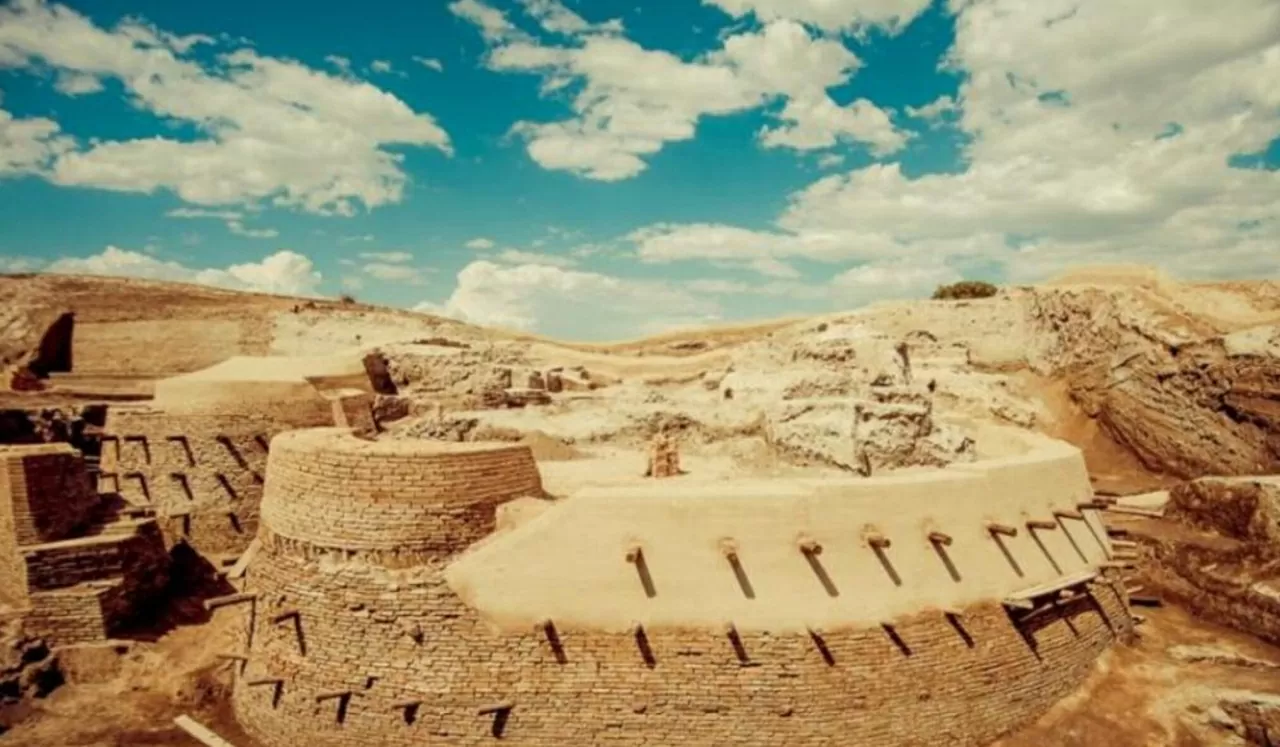
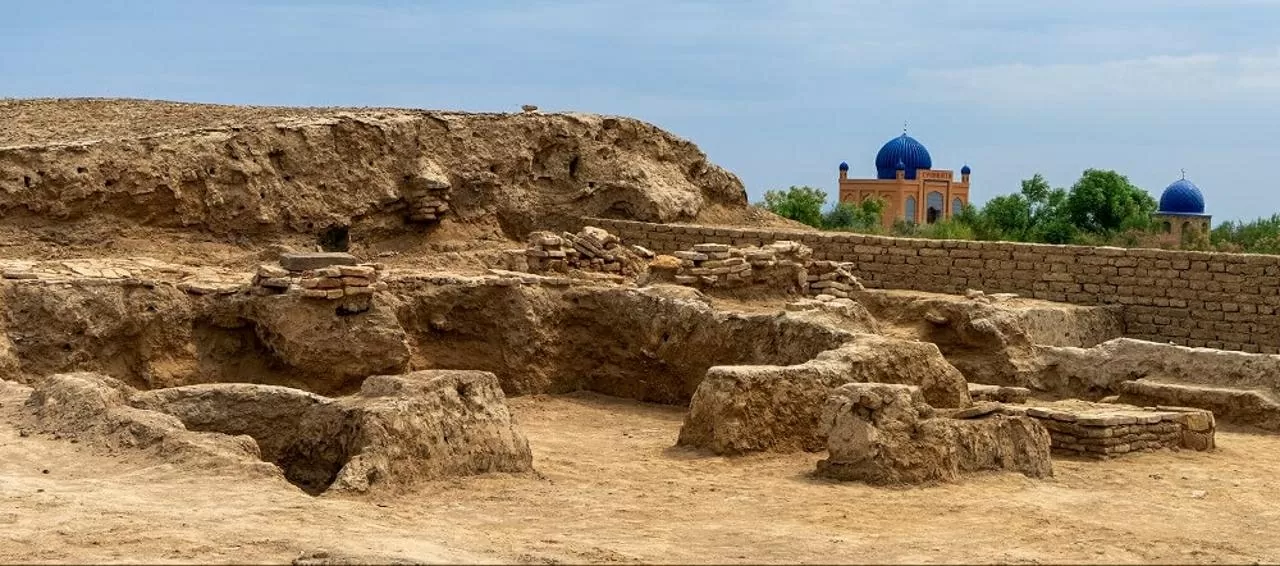



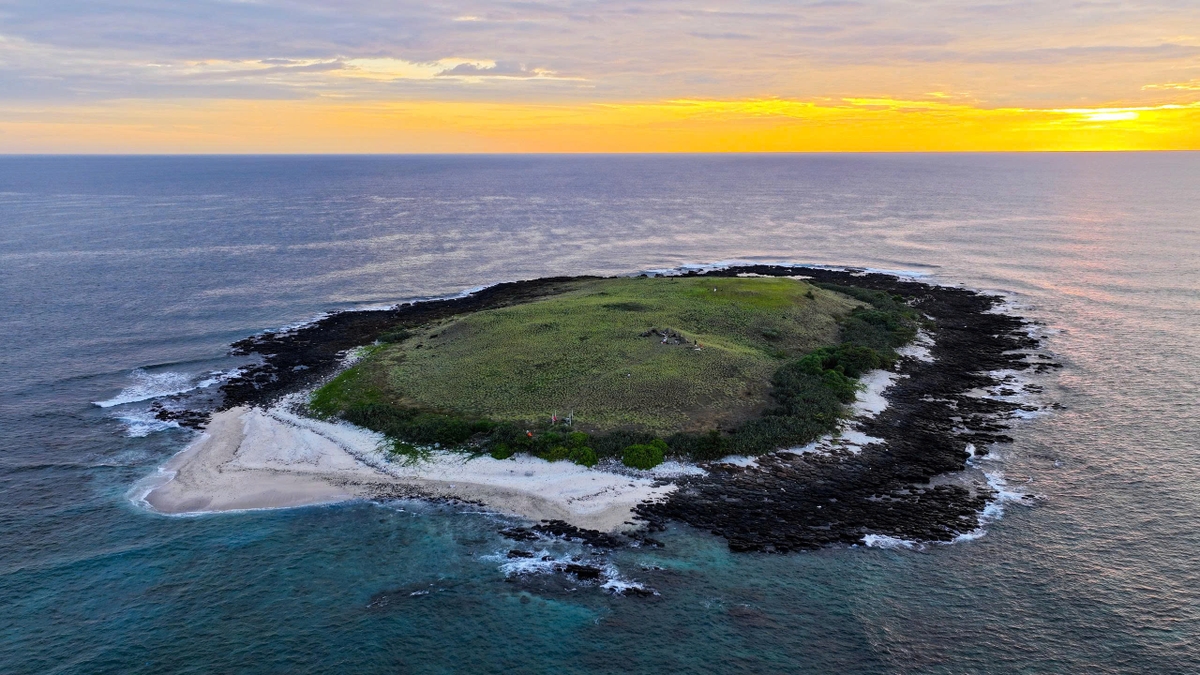
![[Photo] The Steering Committee of the 2025 Fall Fair checks the progress of the organization](https://vphoto.vietnam.vn/thumb/1200x675/vietnam/resource/IMAGE/2025/10/20/1760918203241_nam-5371-jpg.webp)



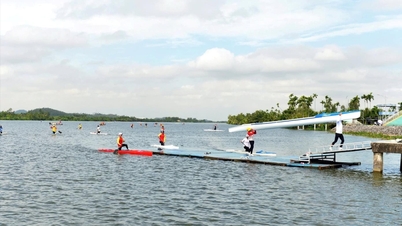

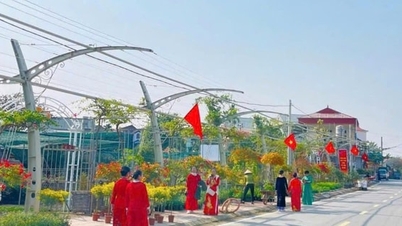

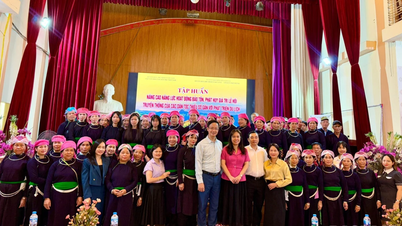

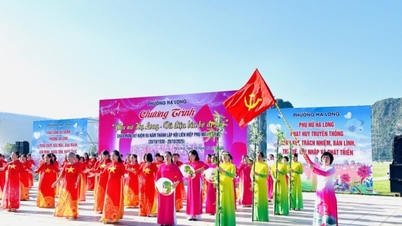

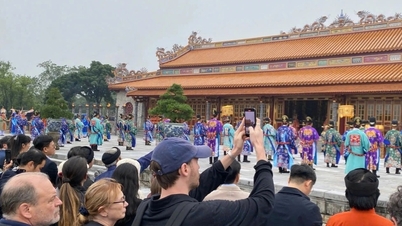






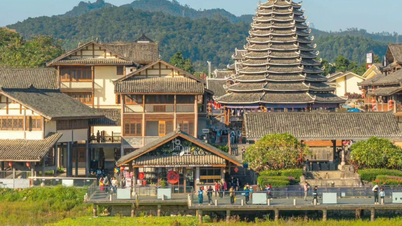
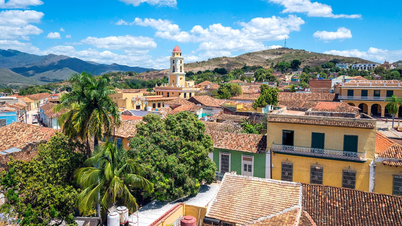








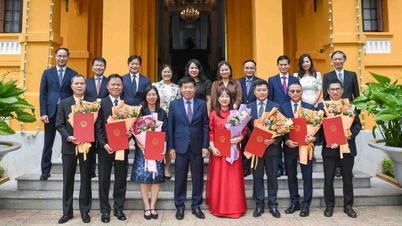




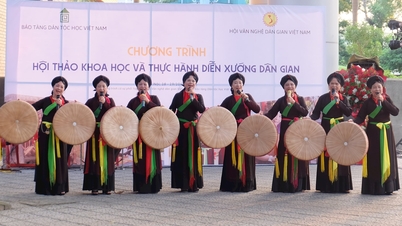

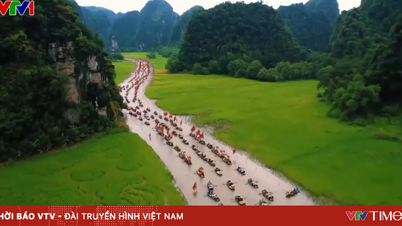

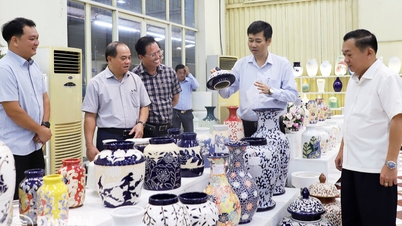

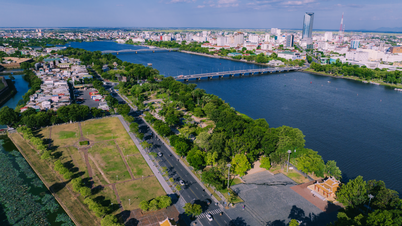









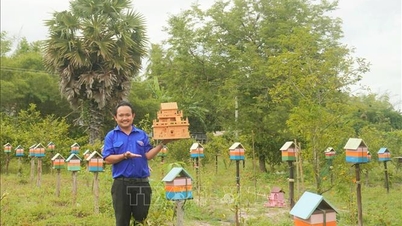

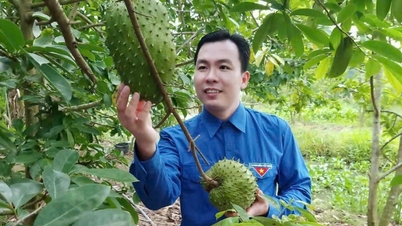
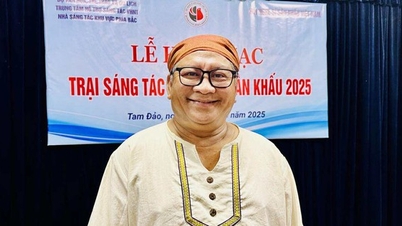





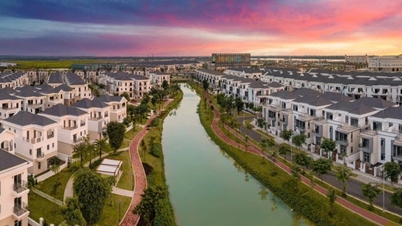
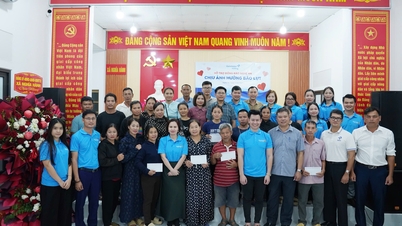


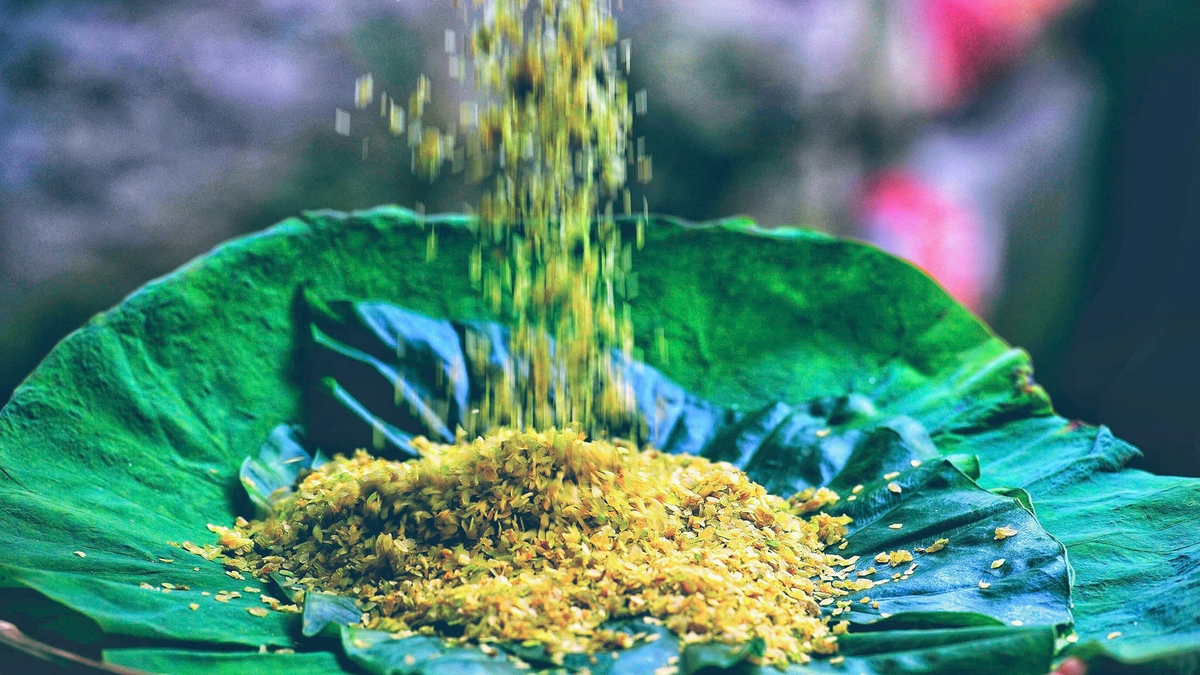




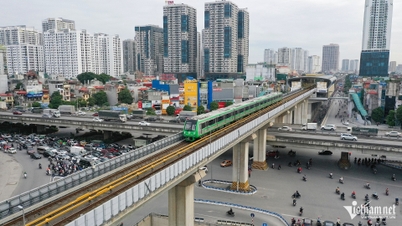











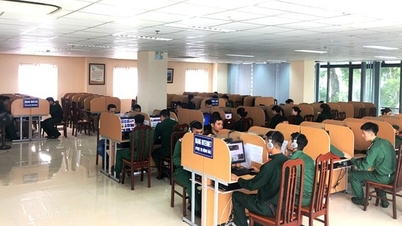
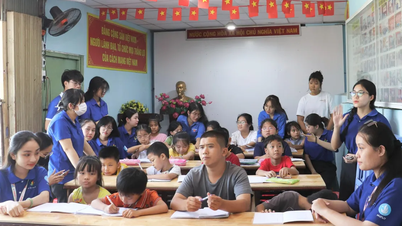




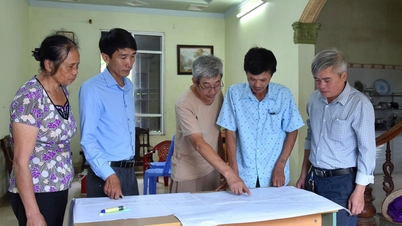

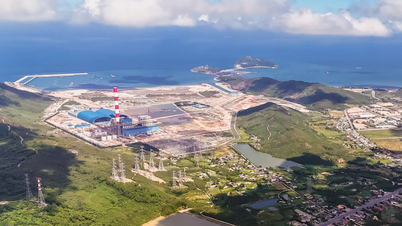


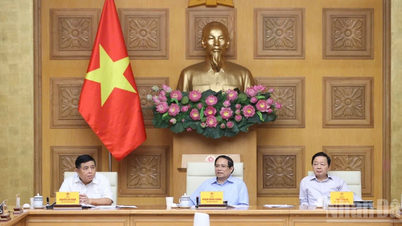

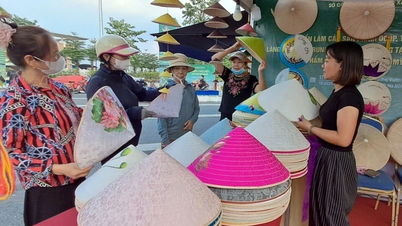






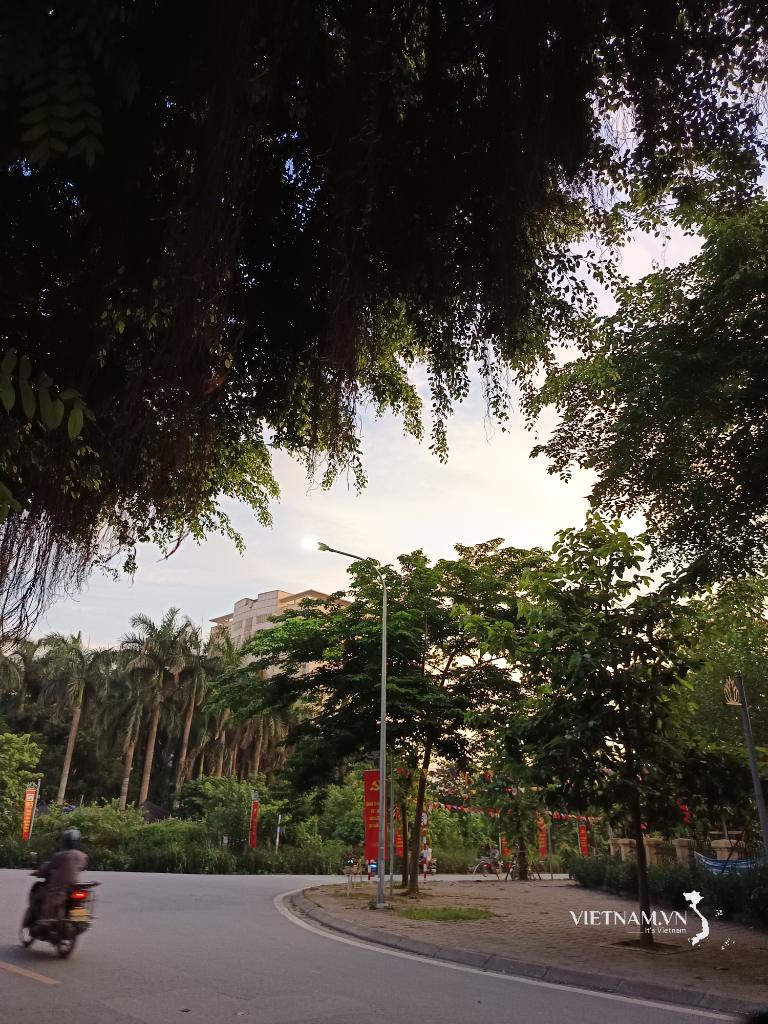


Comment (0)